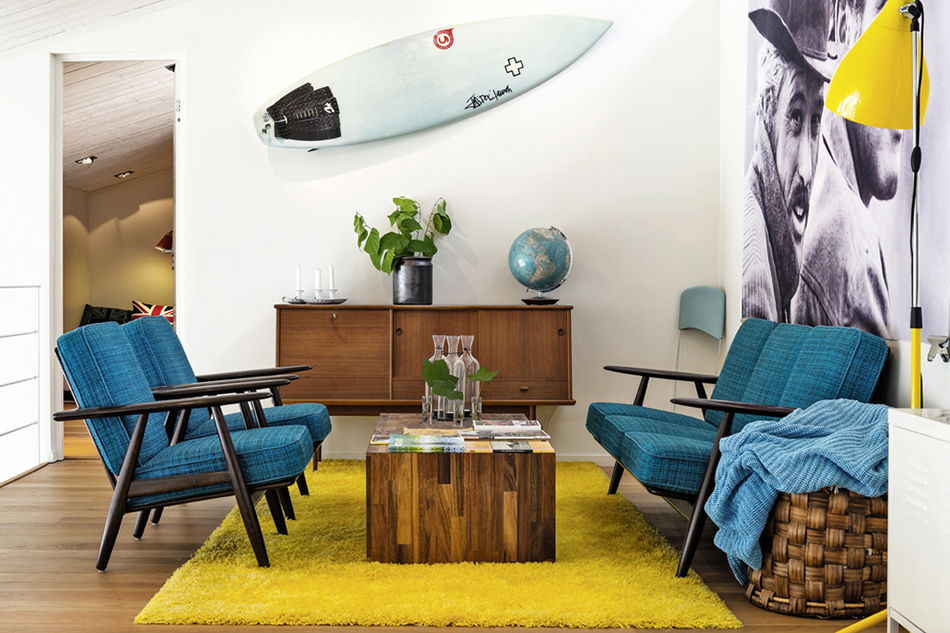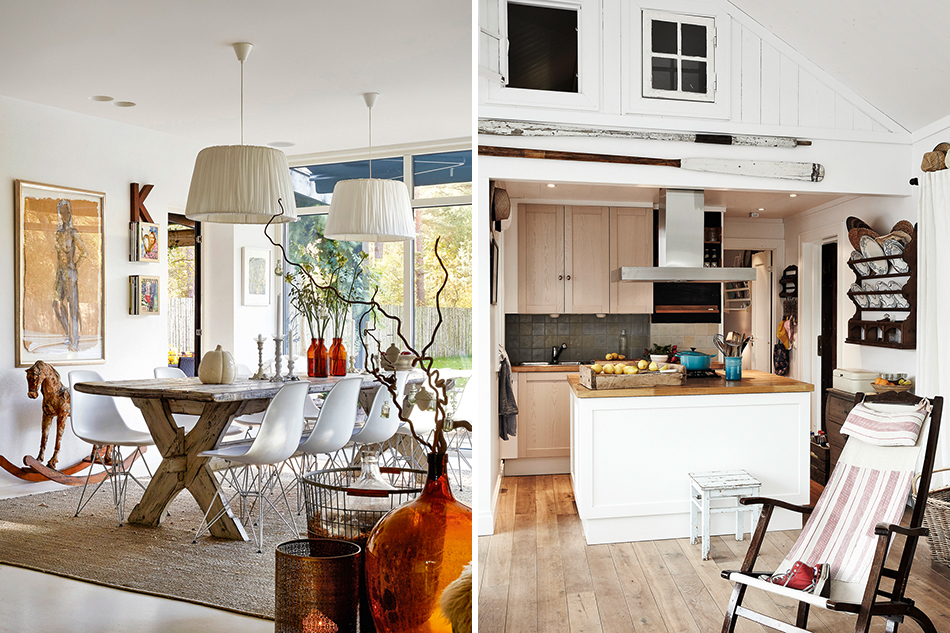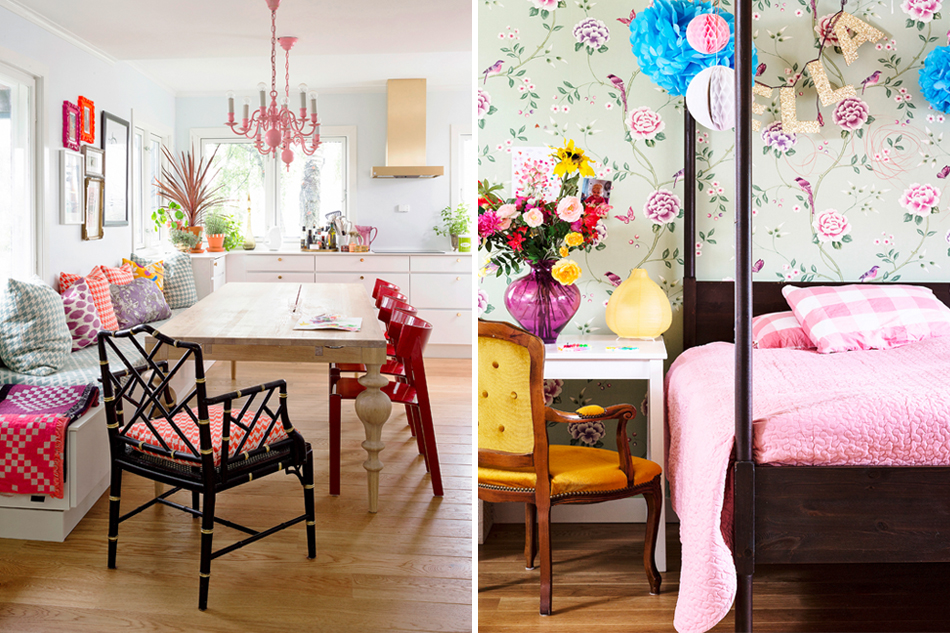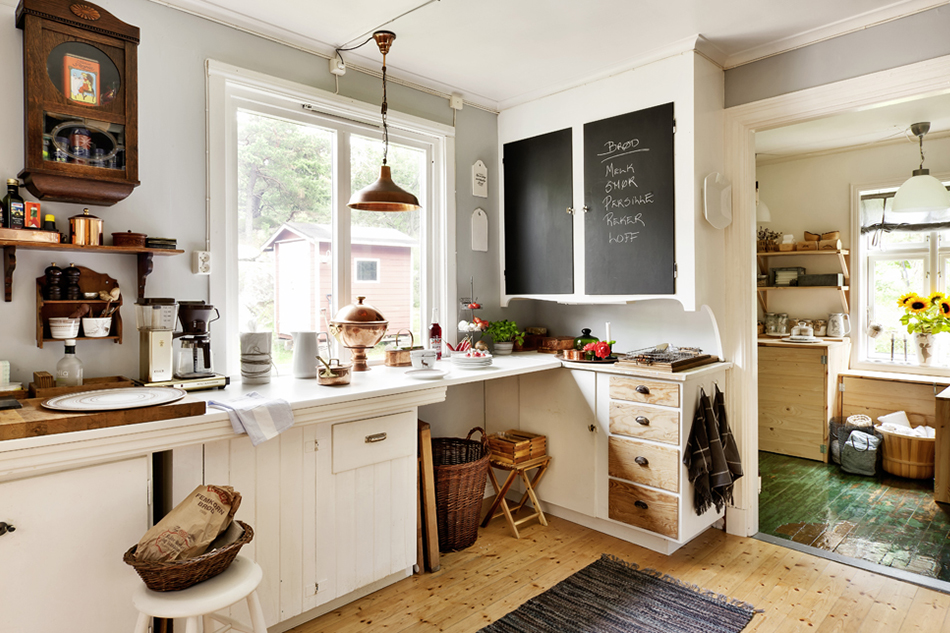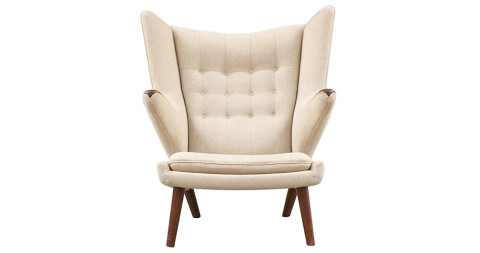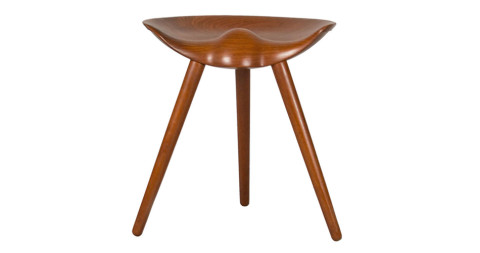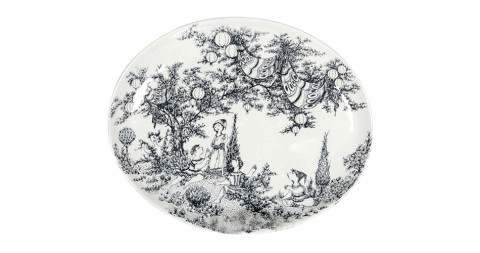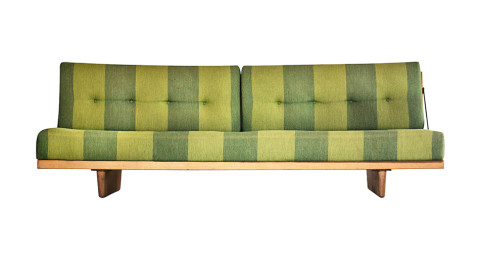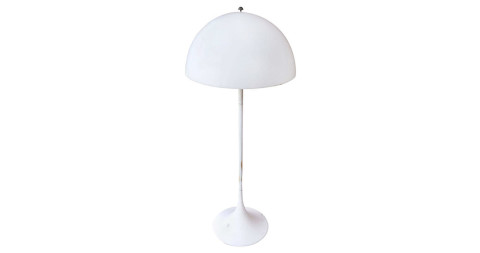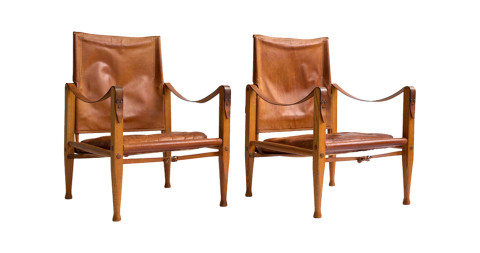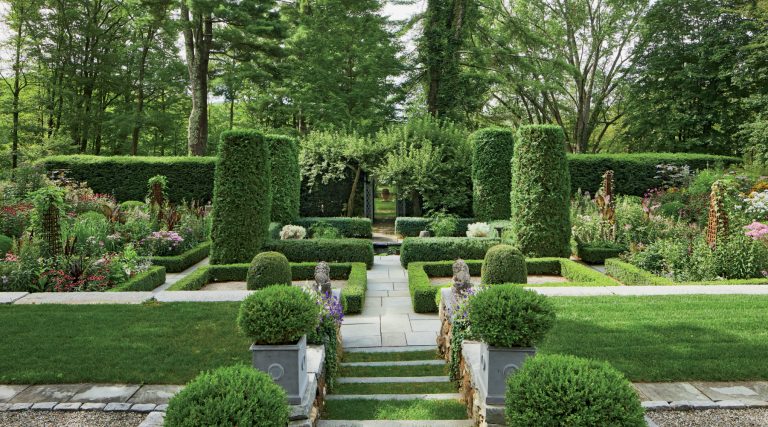
July 27, 2015One of the first Scandinavian getaways included in the book, the Juniper House in Sweden, was designed by the Murman Architects to mirror its natural surroundings, and it features iconic Wegner Y-Wishbone chairs and a small courtyard that seems a part of the interior (photo © Swedish Freelance Legion / GERBER GMC). Top: Designer Catherine Hultgren’s house on the island of Yxlan in the archipelago of Stockholm is a serene idyll (photo © Anne Nyblæus / GERBER GMC, styling by Anette Mörner).
It’s safe to say that the influence of Scandinavian style is felt around the world. People from Australia to Arizona covet and collect Finn Juhl Chieftain chairs, Eero Saarinen Tulip tables, Swedish ceramics and Finnish glass.
Yet even if you are familiar with the types of objects and names of designers that define Scandinavian style, can you define its essence? And beyond acquiring its totems, how can you capture this essence in your own home, regardless of where you live?
At first, my new book Living in Style Scandinavia (TeNeues) — in whose pages I include homes ranging from an urban warehouse in Copenhagen to a tiny austere lake cabin in Finland — may not provide immediate or obvious answers to these questions, especially if you thought that all Scandinavians lived with white walls, wooden floors, Jacobsen Egg chairs and Poul Henningsen PH lamps.
According to design expert Magnus Englund, one of the founders of Skandium, a group of shops selling Scandinavian furniture in London, the unifying factor of Scandinavian design is about the reduction of objects to pure form and function, the opposite of, say, the Italian or French approach. Out of this reduction comes a formal beauty and focus on quality that is not hidden away behind layers of shapes and colors.
Indeed, this unfussy simplicity is a quality shared by all the homes in the book — and not just by the objects that they contain. Swedish interior designer Catherine Hultgren deploys white-painted wooden furniture, white walls and floral-patterned fabrics and wallpaper in her charming seaside house on the island of Yxland. Meanwhile, a modern loft-style apartment in a futuristic Copenhagen building designed by renowned architect Bjarke Ingels also features white furniture and walls, these punctuated by colorful art and Lego block installations. While the guiding design principals of both homes are similar, the results are very different. And yes, for as varied as these spaces may seem, they ask the same fundamental question: Why have three or four of something, when you can have one really good thing.”

“For anybody born or who has grown up in Scandinavia, understated luxury and focus on sustainability is kind of yesterday’s news,” says journalist Karin Gråbæk Helledie, the book’s author, who was born in Denmark and lives in London. Photo by Lars H
The essence of the style reflects a certain lifestyle, mindset and set of values that also help to explain why Nordic citizens are among the happiest in the world. They tend to appreciate quality, whether it pertains to homemade bread or the curved leg of an oak Wegner chair. Scandinavians are brought up surrounded by ergonomic, functional, sustainable and, often, inspirational public design, ranging from school chairs to library buildings. These social-democratic countries have used design as a tool to improve quality of life since the 1930s, when the Swedish government made quality and humane housing available to the poor.
This doesn’t mean that all Scandinavians live in spaces as stylish as the ones depicted in the book. A lot of people in the Nordic countries, however, do take a great interest in their homes for all the reasons above, plus another very logical one: It’s cold up there. Staying inside and being cozy are essential for getting through long winters. And when summer comes, Scandinavians make the most of the famously long, bright days by turning the gardens and terraces of their country houses (many people have them, even if they’re small and simple cabins) into stylish outdoor entertaining spaces with colorful pillows, a bohemian mix of flea-market finds and classic garden furniture and lots of lanterns.
Replicating Scandinavian style is like emulating those French ladies who rock the tussled, laid-back-chic look du jour. It seems so easy, effortless. But don’t be fooled. Achieving Nordic nonchalance in your home requires a lot of time and work.

In this charming farmhouse in Gilleleje, on the coast north of Copenhagen, designers Klaus Bischoff and his partner, Erik Nielsen, of Choff design, transformed a run-down building into a spacious home with chunky wooden furniture and sleek design by Philippe Starck. Photo © Edgar Tapan / Home Journal / GERBER GMC, Styling Bridget Snelgar

